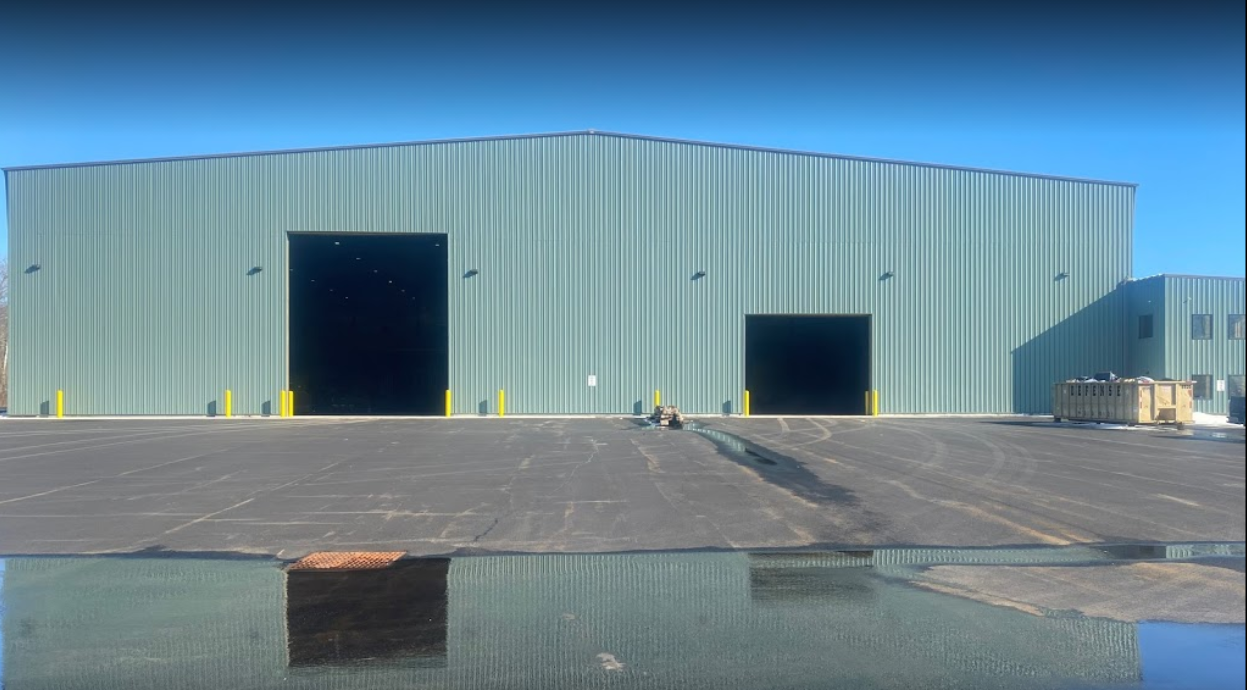DUCK ISLAND RECYCLING
A New Revolution in Recycling
About
Welcome to Duck Island Recycling, a new state of the art construction and demolition recycling transfer station located in Mercer County NJ, minutes from the NJ Turnpike and routes 295, 195, 129 and route 1. We are also within minutes of PA.
Duck Island is a Class A recycling facility, accepting type 13 (Bulky Waste) and Type 13C (Construction and Demolition) Waste.
Once the material is received, it is source separated and the recyclable material is sent to recycling end markets. Our recyclable materials are metal, cardboard, asphalt shingles, gypsum, aggregate, wood material and plastic.
Our mission, is to keep as much waste from landfills as possible while providing an affordable option to customers for their disposal. Changing the planet one load at a time by
reduce, reuse and recycle. We aim to be 70% recyclable or more.
We value our team and work together to provide the best customer service experience for our customers. We want you to come back
Duck Island is a Class A recycling facility, accepting type 13 (Bulky Waste) and Type 13C (Construction and Demolition) Waste.
Once the material is received, it is source separated and the recyclable material is sent to recycling end markets. Our recyclable materials are metal, cardboard, asphalt shingles, gypsum, aggregate, wood material and plastic.
Our mission, is to keep as much waste from landfills as possible while providing an affordable option to customers for their disposal. Changing the planet one load at a time by
reduce, reuse and recycle. We aim to be 70% recyclable or more.
We value our team and work together to provide the best customer service experience for our customers. We want you to come back
Services
Contact
- 2100 Lamberton Rd, Hamilton Township, NJ, USA
- Make a left at the stop sign and we are on the left.
- +1-609-559-0900
- info@duckislandrecycling.com
- Monday thru Friday 6 am to 4:30pm Saturday -6 am to 12 noon Residential Customers are welcome on Saturdays from 6 am to 11:30 am Sunday- CLOSED Call for Holiday Closing information.















